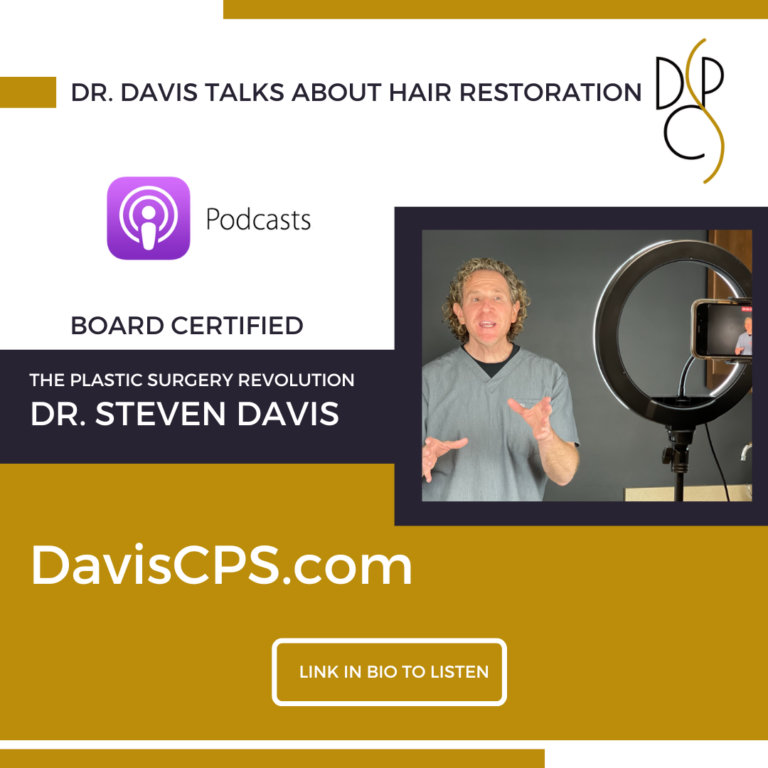Exosomes for Hair Loss: A Revolutionary Approach to Hair Regeneration

It’s time we talk about Exosomes for Hair Loss and how to put it to use for you.
Exosomes for hair loss is emerging as a groundbreaking treatment, offering hope to those struggling with hair thinning and loss. This innovative approach involves using exosomes and growth factors, which have shown significant potential in aiding the regeneration and regrowth of hair. Particularly effective in the early stages of hair loss, exosome therapy is a viable option for both men and women seeking solutions for hair rejuvenation.
Exosomes are at the heart of this therapy, not stem cells but vital components derived from them. These are produced when a multivesicular body within a cell merges with the cell membrane, releasing what are known as exosomes. These small but powerful entities carry RNA and, importantly, mRNA – crucial elements for protein production. The proteins these exosomes help create vary in function depending on their cell of origin, playing roles in everything from blood clotting to cell growth. This versatility makes exosomes for hair loss such a promising field of study.
Exosomes contain a variety of growth factors and signaling molecules, each with a specific role. For instance, MIP-1 attracts mononuclear cells, VEGF aids in the formation of blood vessels, SCF encourages the growth of stem cells and melanocytes, FGF stimulates biological development, and TGFß3 converts inflammatory T Cells into anti-inflammatory ones. These components are essential in hair regeneration and are a crucial reason why exosomes for hair loss are gaining attention in medical research.
The research on exosomes spans various medical fields, including joint regeneration, sexual health revitalization, and skincare treatments. In hair loss, exosomes from follicular stem cells are believed to promote hair growth and prevent further hair loss. This is particularly crucial as hair follicle cells age with each growth cycle, unlike many other cells. This aging leads to miniaturization, where hair strands become thinner and more fragile. Exosomes for hair loss work by maintaining the hair growth cycle for longer, contributing to the development of thicker, healthier hair strands.
Patients undergoing exosome therapy for hair loss can expect to see improvements in natural hair growth as early as two to three months after treatment, with the most significant changes usually noticeable around six months post-treatment. This therapy not only extends the duration of the hair growth cycle but also assists in transitioning hair follicles from the resting phase to the active growth phase.
Exosomes for hair loss present a promising and effective solution for those experiencing hair loss, offering the potential for natural hair regrowth and follicle rejuvenation. If you’re exploring options to combat hair loss, consider contacting Davis Hair Restoration. Their team of experts is well-versed in exosome therapy and can provide personalized guidance and answers to your questions, helping you embark on a journey towards healthier, fuller hair.






